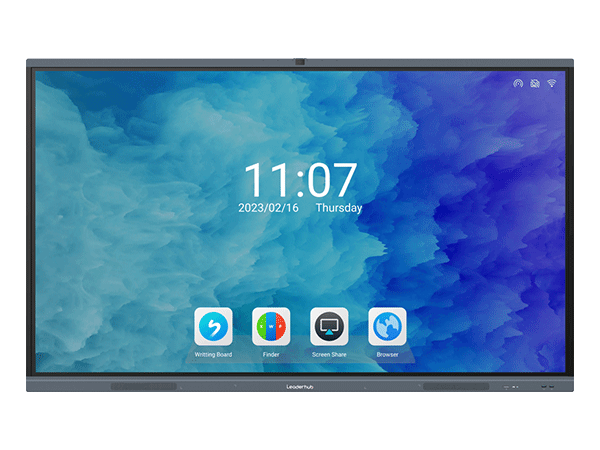
In recent years, interactive whiteboards have gained popularity in classrooms due to their ability to enhance student engagement and improve learning outcomes. This article explores the application strategy of interactive whiteboards in multimedia material design, highlighting their benefits and potential challenges. Three key aspects will be discussed: integration into the curriculum, interactive features, and teacher training.
Integration into the Curriculum
Integrating interactive whiteboards into the curriculum is crucial for maximizing their potential. These devices provide teachers with a platform to deliver multimedia content in a visually appealing and interactive manner. This allows students to actively participate in the learning process, leading to a deeper understanding of the material.
One effective strategy is to align the use of interactive whiteboards with the learning objectives of each lesson. Teachers can design interactive activities and exercises that require students' active participation and thinking. For example, they can create drag-and-drop exercises to reinforce concepts or interactive quizzes to assess students' understanding.
Furthermore, interactive whiteboards can be integrated with other technology tools and software, such as educational apps and virtual simulations. This combination enhances the learning experience by providing a multi-modal approach to instruction.
Interactive Features
The interactive features of whiteboards offer unique opportunities for student engagement and collaboration. These features include touch screen capabilities, gesture recognition, and stylus pens. Teachers can leverage these features to create a dynamic and interactive learning environment.
For instance, teachers can use the touch screen capabilities to allow students to physically interact with the content. This creates a hands-on learning experience, particularly in subjects like science or mathematics, where students can manipulate virtual objects or solve problems directly on the whiteboard.
Gestures recognition is another powerful feature that enables teachers to control the content on the whiteboard. They can zoom in or out, pan across the screen, or switch between different multimedia materials with simple hand gestures. This enhances the flow of the lesson and keeps students engaged.
Stylus pens are also valuable tools for student participation. Students can actively contribute by writing or drawing on the whiteboard, solving problems individually, or collaborating with their peers. This encourages creativity, critical thinking, and peer interaction within the classroom.
Teacher Training
Effective implementation of interactive whiteboards requires comprehensive teacher training. Educators need support and guidance to fully harness the potential of these devices and incorporate them into their teaching practices.
Teacher training programs should focus on familiarizing teachers with the technical aspects of interactive whiteboards, such as software navigation, troubleshooting common issues, and integrating multimedia materials effectively. Moreover, they should provide guidance on pedagogical strategies for leveraging the interactive features to enhance student participation and understanding.
Ongoing professional development is vital to ensure teachers remain up-to-date with the latest developments in interactive whiteboard technology and its applications. Peer collaboration and sharing best practices can also enhance teacher confidence and expertise in using these devices.
Conclusion
The application strategy of interactive whiteboards in multimedia material design offers numerous benefits for classroom instruction. By integrating them into the curriculum, utilizing their interactive features, and providing adequate teacher training, educators can create a dynamic and engaging learning environment. This enhances student participation, promotes deeper understanding, and improves learning outcomes. The implementation of interactive whiteboards has the potential to revolutionize classroom teaching and create a more interactive and student-centered approach to education.

